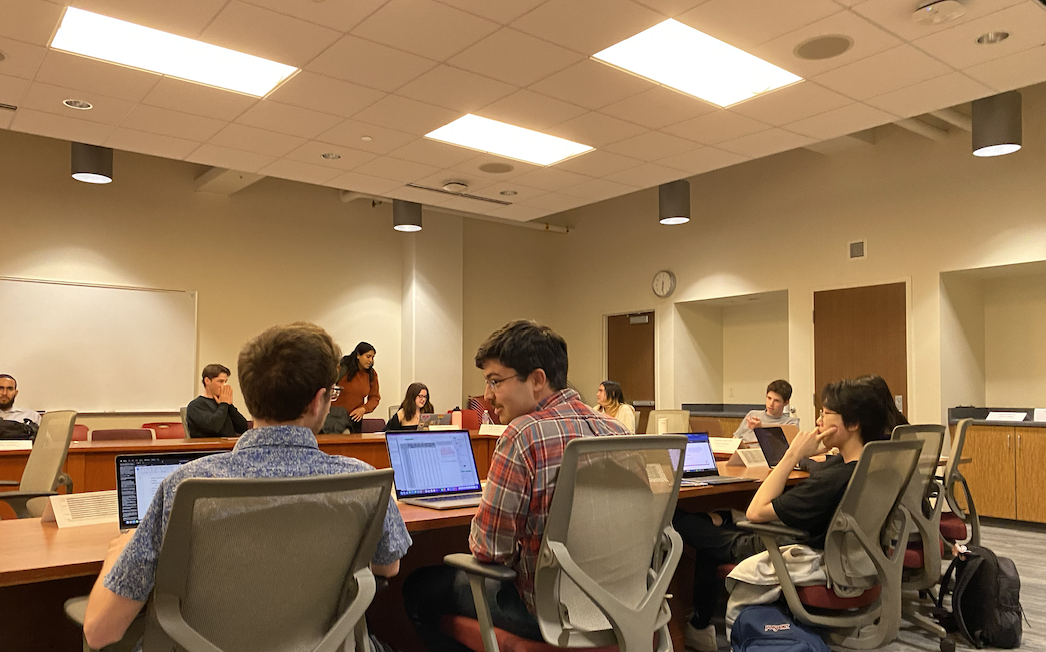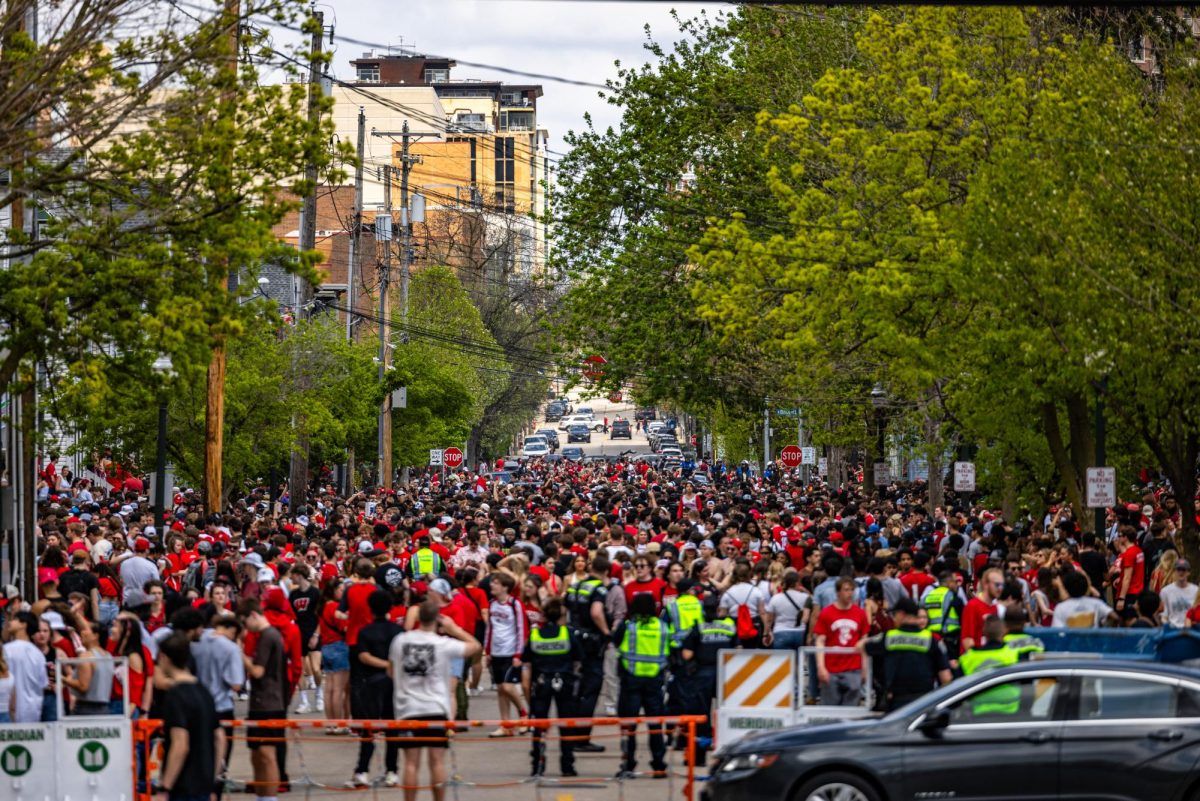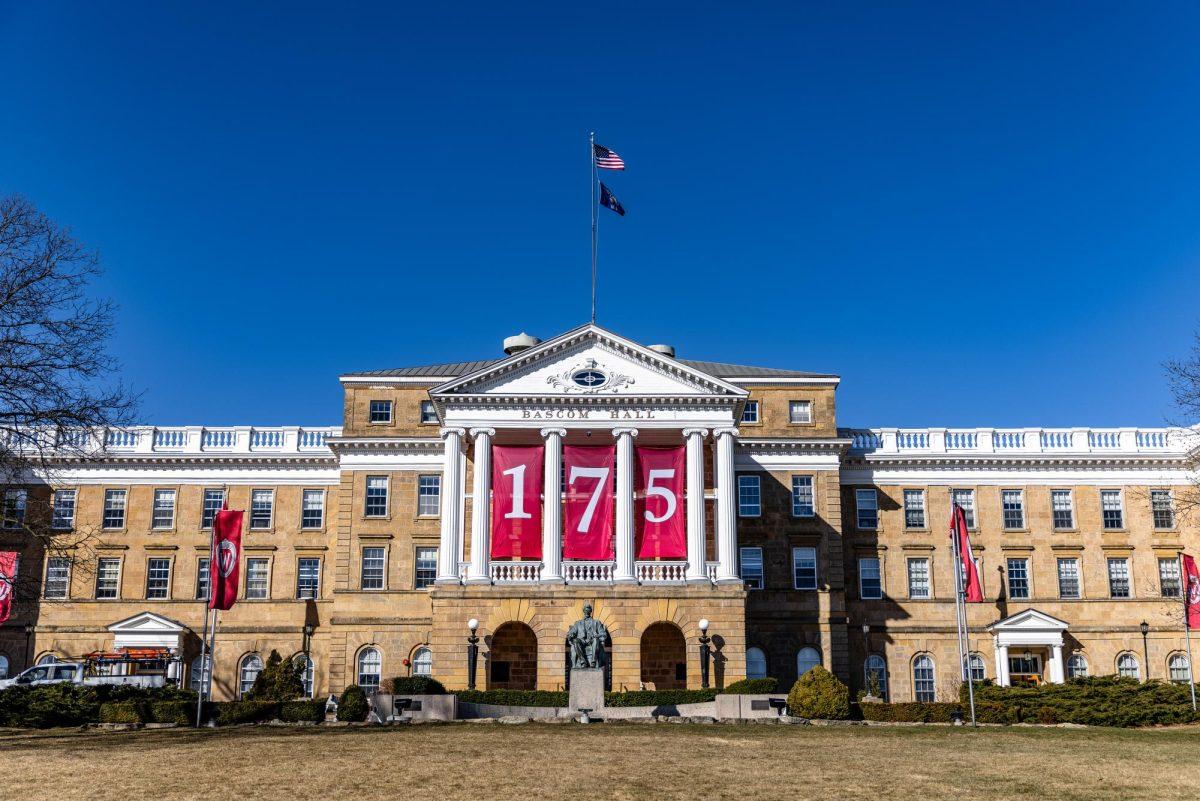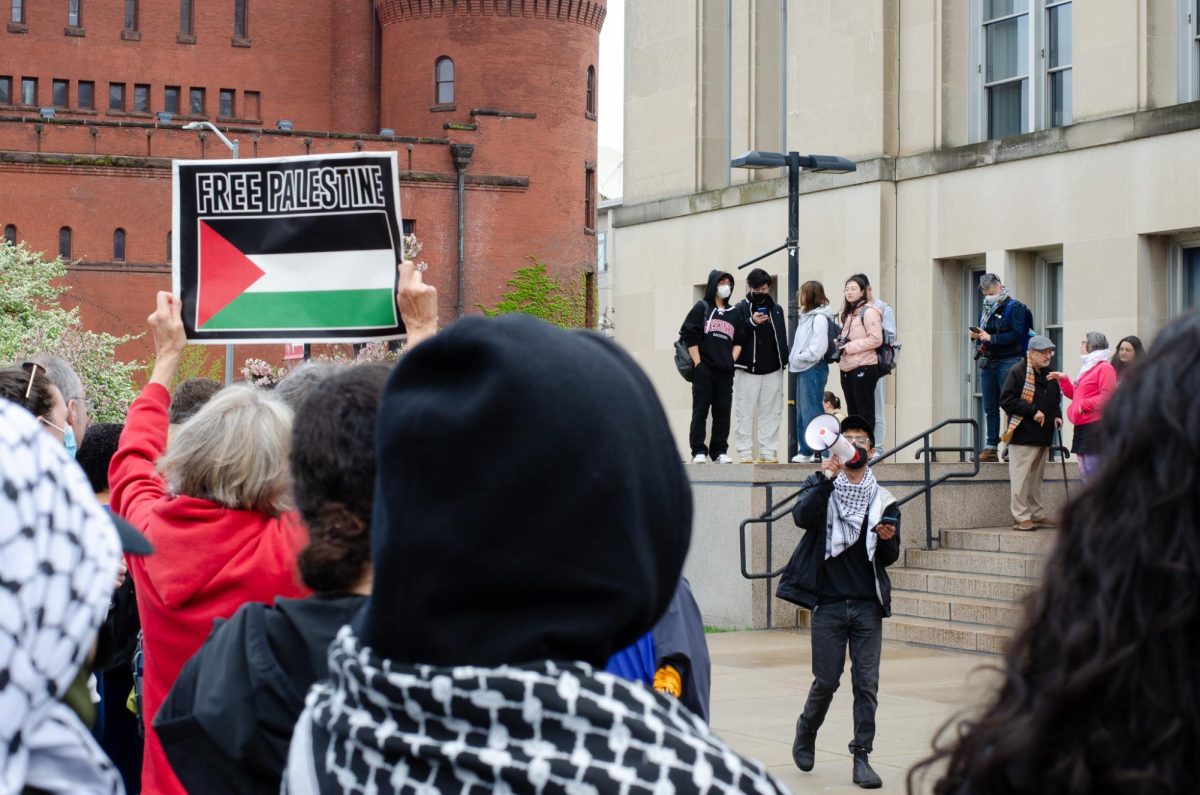Madison bicyclists may see increased police enforcement at some of the city’s busiest intersection as the city and local organizations look to redouble their efforts to promote bike safety.
Madison Police Department has already sent more officers to intersections, such as Brooks Street and University Avenue, to give tickets and warnings to cyclists for such violations such as failing to yield or stop at a light.
Wisconsin Bike Federation Dane County Director Tom Klein said MPD periodically stepped up its bike safety enforcement, adding the department does a good job enforcing laws that prevent bike accidents. Klein said the Bike Federation is working with the police to promote education on the issue.
Klein said many students who bike around Madison are unfamiliar with the laws they must abide by, which increases the potential for accidents.
“They probably haven’t biked around since they’ve been [driving] age,” Klein said. “So they don’t necessarily know the laws. They don’t know they are breaking the rules and they don’t know they are creating an unsafe environment.”
The city is also engaged in a transportation study sponsored by the University of Wisconsin and the Shorewood Hills Neighborhood that would address key intersections for bike issues, Jeff Held, Strand Associates project manager, said.
The study is looking at what areas along University Avenue, from Segoe Road to Breese Terrace, could benefit from infrastructure changes to help safety of bicyclists as well as that of motor vehicles and pedestrians, Held said.
In a survey conducted by the project team, 15 percent of people surveyed travel on the University Avenue and Campus Drive corridor daily. The study has also been using public feedback to determine which intersections have created dangerous situations for bikers and pedestrians.
Klein said improving the engineering and design of dangerous intersections is also key to reducing the potential for bicycle accidents, as enforcement and education can only go so far.
“When you have a dangerous intersection, or one that is labeled is dangerous, first and foremost [is] infrastructure,” Klein said.
Breese Terrace, Regent Street and Monroe Street were highlighted as possible areas to improve safety measures for bicyclists during the study. This intersection was recently redone with enhanced crosswalk markings, a suggestion listed for other intersections studied by the city. Held said the city also heard suggestions for better signage in these problem areas.
Klein said another step in encouraging bike safety in the city is evaluation. The Wisconsin Bike Federation began collecting data on the number of bicycles out in hopes of gauging where bikes travel in the city, he said.
Klein said the organization has set up in 40 different locations in order to collect different data points, and he said he hopes this method will provide more information on what areas bike safety concerns need to be addressed. He said he thinks these recent initiatives will address the issue of bike safety in the city from multiple angles.
“We have engineering, we have education, we have encouragement, we have evaluation and we have enforcement,” Klein said.



















